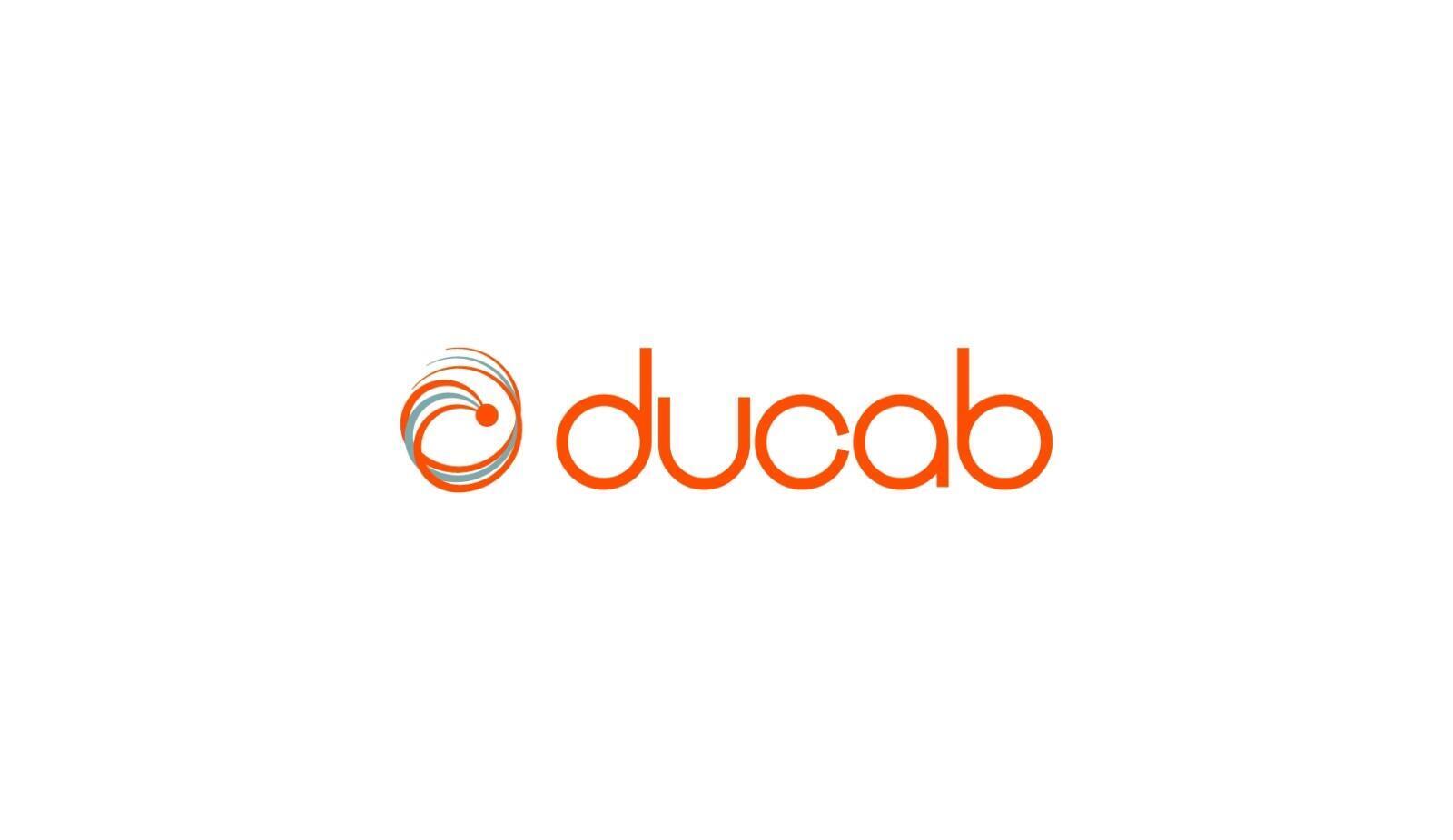
How Industry and the Environment Can Coexist

Demand for energy has always gone hand in hand with the development of human civilisation. Energy powers every other sector, and progress without energy is inconceivable.
Comprising more than a third of the total global energy demand, the industrial sector is a crucial end-user that must be engaged to achieve any meaningful decarbonization goals. Investment in on-site solar energy can provide an alternative and cheaper source of electricity to power factories.
GCC countries, in particular, have set ambitious targets to switch to clean energy as part of their national visions. For example, Dubai in the UAE plans to have 25% of its electricity produced through solar by 2030, while Oman has a 30% renewable energy production target by the same period. In line with its ambitions, UAE will be hosting the 28th session of the Conference of Parties (COP 28); the position of the UAE as the host for COP28 reflects the government’s efforts to transform the economy into one that is fueled by clean and renewable energy sources along with technological advancements and climate-smart solutions.
By 2030, GCC countries are on track to save the equivalent of 354 million barrels of oil by switching to renewables. This shift will result in accelerated demand for cable and wire solutions.
Prioritising economic growth or the environment presents a modern-day predicament to business leaders. The common understanding is that economic growth and environmental protection tend to be competitive because the use of limited resources, which is essential to economic growth, unavoidably causes environmental damage.
We need to think of environment and development as one sector; partial thinking is what will hinder us from meeting the sustainable development goals. The question is not how these sectors can collaborate, but how they can become increasingly intertwined to reflect the joined-up nature of the goals.
Commenly, we have often seen these two sectors as competing – with the belief that you had to sacrifice environmental quality for development. There has also been some uncertainty from those within these two communities about the intentions or approaches of others. Industry leaders have not always been welcomed in environmental circles and there is mistrust when it comes to issues that are important to so many. But we are seeing a more educated view. Both sides are working together and appreciating that by doing this we can achieve more than we could by working against each other.
It is clear that we need a universal approach, so industrial projects could use the Sustainable Development Goals as a checklist to safeguard the environment and ensure they do not impact it negatively. The end objective remains the same; industrial development without harming the ecosystem.
Numerous companies are treating "sustainability" as an vital objective in their strategy and operations to increase growth and global competitiveness. This trend has spread beyond the small circle who traditionally positioned themselves as "green," and now includes many leading businesses across many diverse industries. Multiple companies have embarked on this journey by building inhouse solar plants, sourcing raw material that minimizes harm to the environment such as molten aluminium, reducing waste by recycling copper or any such material and many such practices.
It is essential to educate the future generations about sustainable practices in the business; they need to become responsible industry leaders who restrain from affecting the world in unsustainable methods.


